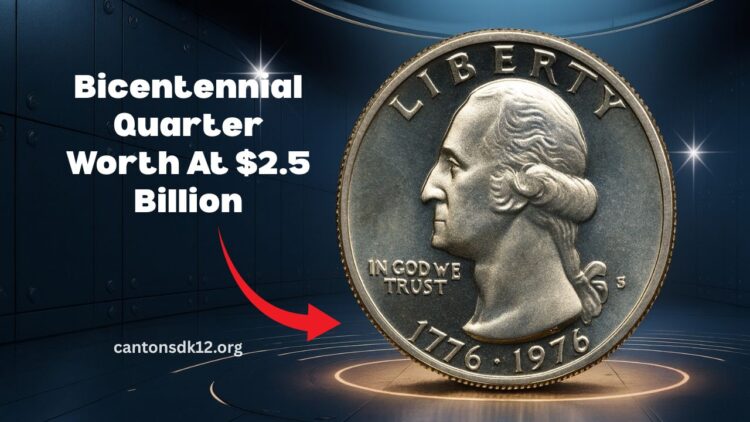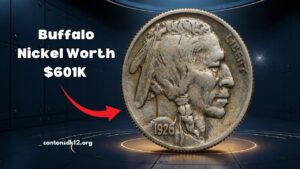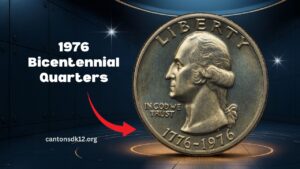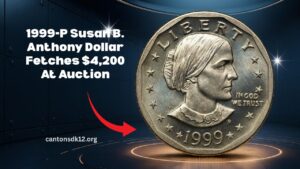Internet rumors often claim there’s a Bicentennial Quarter valued at a staggering $2.5 billion still circulating—an idea that’s completely unfounded.
In reality, these coins have modest but interesting collectible value, especially for those with silver content, high grades, or rare mint errors. Let’s separate myth from fact and explore what these quarters are actually worth in 2025.
What Is a Bicentennial Quarter?
To celebrate America’s 200th birthday, the U.S. Mint released quarters marked “1776–1976”. There are two main types:
- Clad circulation strikes: The most common, often found in everyday change.
- 40% silver collector versions: Minted in San Francisco and issued in special proof and uncirculated sets.
Collectors especially seek high-grade, proof, and uncirculated examples, as well as coins with significant mint errors.
Realistic Values in 2025
Contrary to viral claims, Bicentennial quarters aren’t worth billions. Here’s a clearer breakdown of their actual value ranges based on current market trends:
| Type / Variety | Typical Value Range | Notes |
|---|---|---|
| Circulated clad (P/D) | $0.25–$1 | Usually face value unless condition is exceptional |
| Uncirculated MS65 (clad) | $6–$10+ | Common in certification holders |
| Top-pop MS68 (clad) | Low thousands | Very rare at that grade |
| 1976-S 40% silver (uncirculated/proof) | $10–$100+ | Often sold near set pricing |
| Major mint errors (e.g. wrong planchet) | Hundreds to low five figures | High demand among niche collectors |
Why the $2.5 Billion Claim Is False
Even the most expensive U.S. coin ever sold—a historic 1933 Double Eagle—fetched under $20 million. That puts the $2.5 billion figure into absurd perspective. No credible auction or sale has ever come close to such a valuation.
How to Spot Valuable Bicentennial Quarters
- Check for “1976-S” silver: Found in collector sets, noticeably heavier, and with a unique edge tone.
- Assess the grade: Look for flawless surfaces, sharp details, and original luster. Higher grades drastically boost value.
- Be on the lookout for genuine errors: That includes off-center strikes, double impressions, or completely mismatched planchets. Verified rarities can command serious prices.
The notion of a $2.5 billion Bicentennial quarter is pure fiction. These coins—while interesting to collectors—typically range in value from mere cents up to a few thousand dollars for rare, high-grade, or error varieties.
If you own one and suspect it’s special, consider professional grading and authentication, and reference verified market data rather than click-bait posts. Your coin could be valuable—but it’s not nearly as fantastical as some viral claims.
FAQs
Could any Bicentennial quarter ever be worth a fortune?
Not in the realm of millions or billions. Top-grade specimens or exceptional errors might reach the thousands—but never the exaggerated viral figures.
How can I tell if mine is the silver version?
Silver versions carry the “1976-S” mark and were sold in special mint sets. They have noticeably different weight and appearance than clad coins.
Where do actual values come from?
Real values derive from documented auction results and established coin-market trends, not social media hype or sensational headlines.




